Jeju-do. Korea’s pleasure / getaway island. A chance to get away from it all.
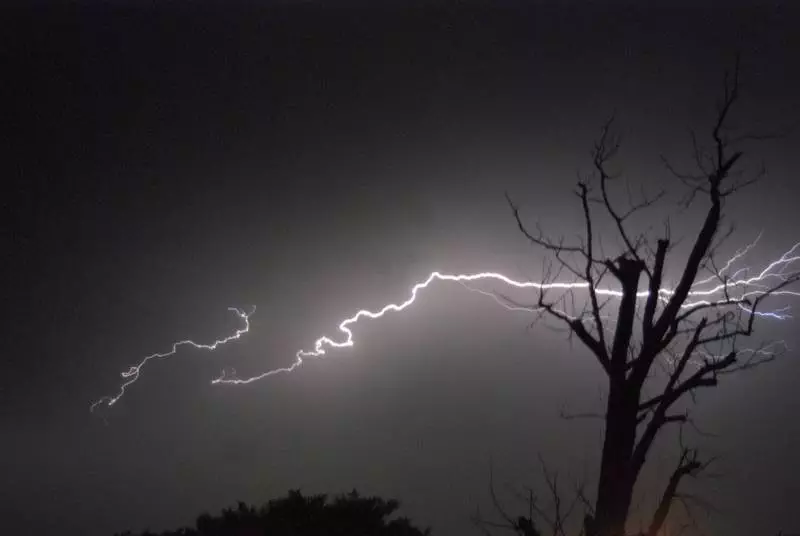
While the oft-repeated title of ‘honeymoon island’ is true, there’s far more to see than newlyweds — or anyone else, for that matter — can see in a week. Korea’s largest island manages to cram dozens of museums, interesting attractions, beaches, temples, and ancient geologic formations into one 1,848 sq. km. island. This is almost the same size as Maui of the Hawaii islands, and a fifth the size of the ‘Big Island’.
During Chuseok, I joined a group tour taking advantage of the long weekend to explore some of Jeju’s most interesting sights. I’ve been to several places around Jeju, but visiting during the winter just isn’t the same. The camera — and the person taking pictures — is a bit better the second time around as well.
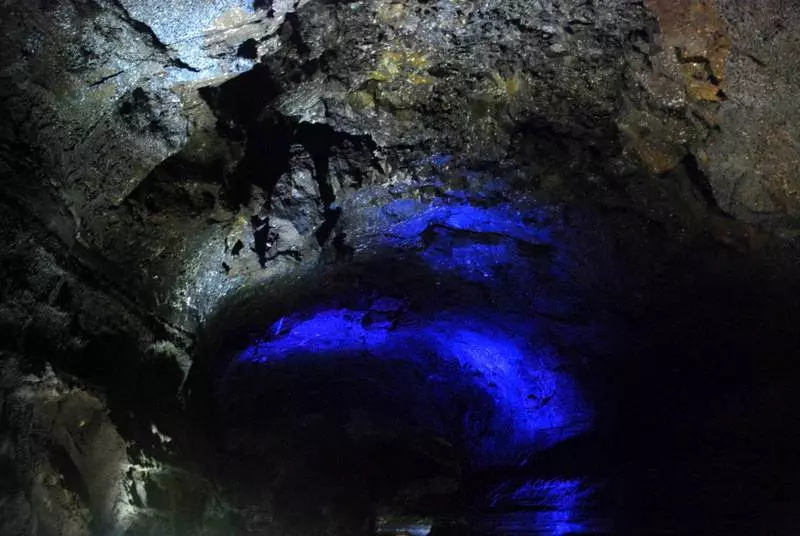
First stop: Manjanggul Lava Tubes (만장굴). About 1,000 meters of the 13.4 km-long lava tube is open to the public, which is more than enough to enjoy in the short time a guided tour offers. While the light level is exceptionally low, eyes adjust quicker than a camera’s ‘eye’.
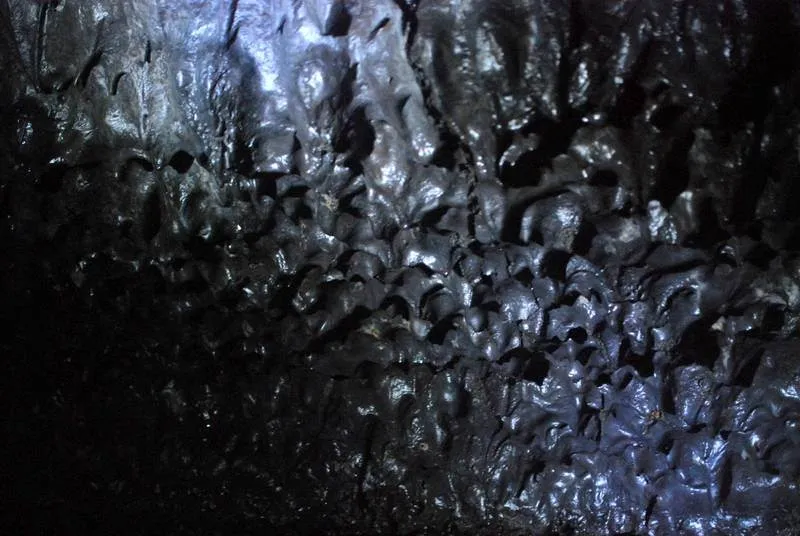
A nearby sign describes these as ‘lava stalactites’. As lava flowed through this tube, it would melt a bit, not unlike wax melting on a candle.
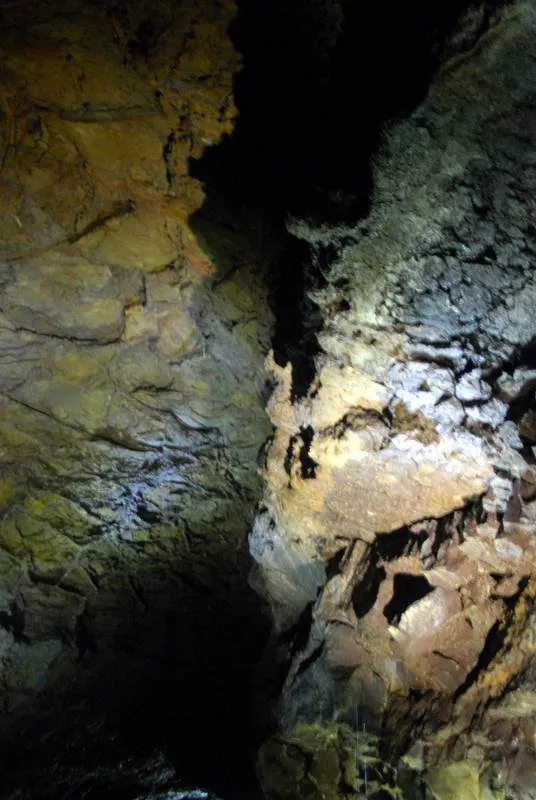
Some areas feature a space where rocks fell into the lava flow, either melting down, getting carried along the lava flow, or become solidified with the ground. I’d rather not be around to see the rock that once filled this space!
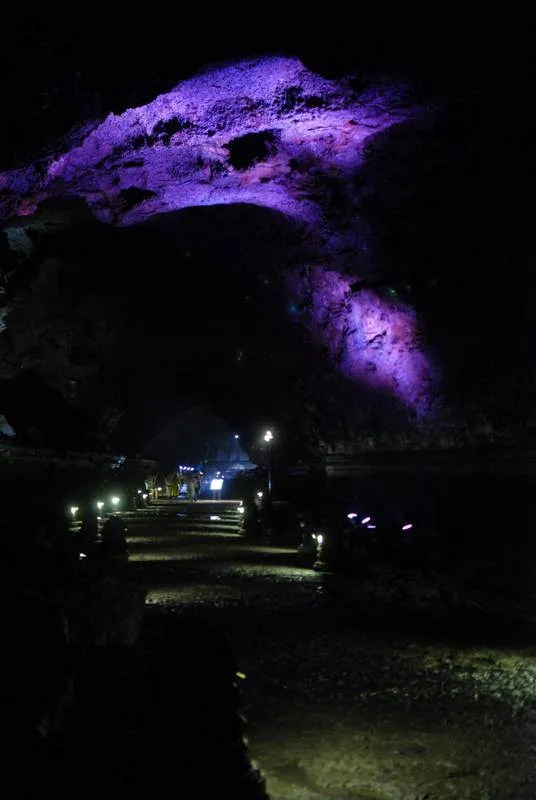
The path varied from narrow to wide — this being one of the more spacious moments. While there was never a claustrophobic moment as in other caves, getting dripped on or wet is an unavoidable occurrence.
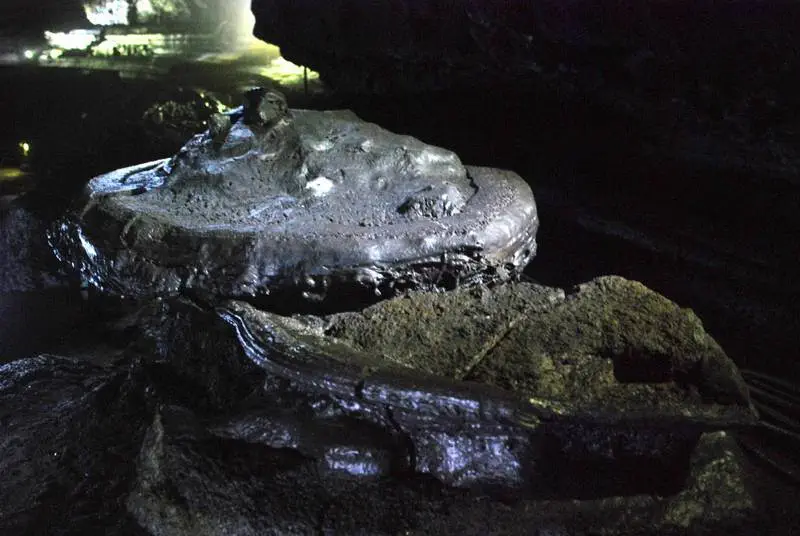
The ‘turtle rock’ (거북바위), AKA a ‘lava raft’. Formerly a piece of rock that ‘floated’ along the lava flow, it settled here when the lava flow solidified. While the signs imply a resemblance to Jeju island, I don’t see it.
Next stop: the Trick Eye Museum. While mainly unchanged from the last time I was here, it’s a pleasant place to re-visit:

Getting lined up with the exhibit takes a little bit of effort, but is lots of fun.
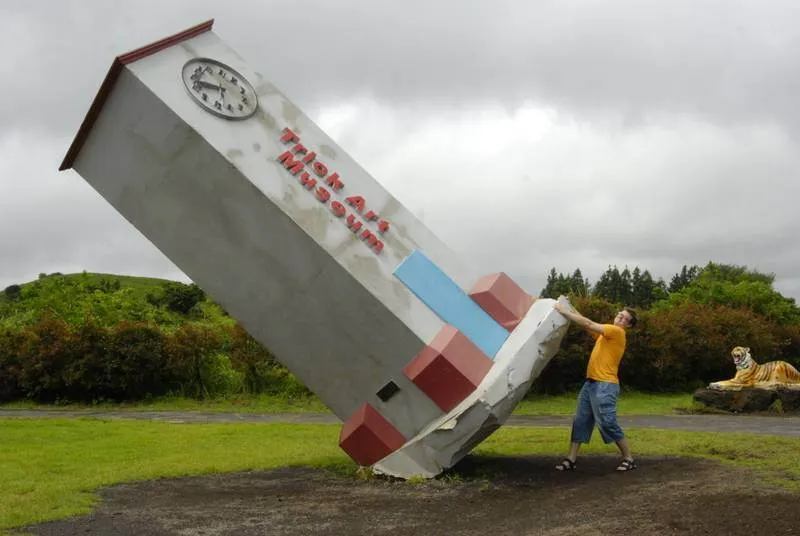
Outside the museum is another excellent exhibit. While some elements are better photo fodder than interactive, you can’t help but hold the tower up (or pull it down).
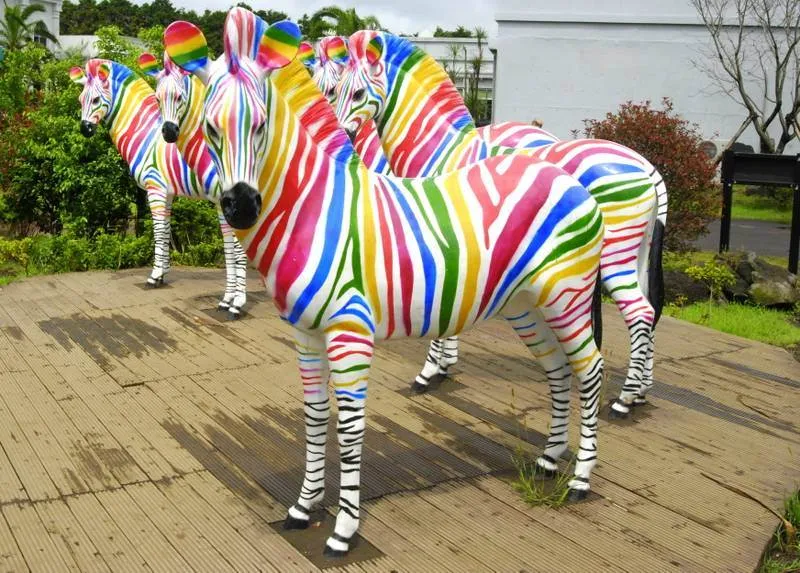
Because zebras ought to come in all colors of the rainbow.
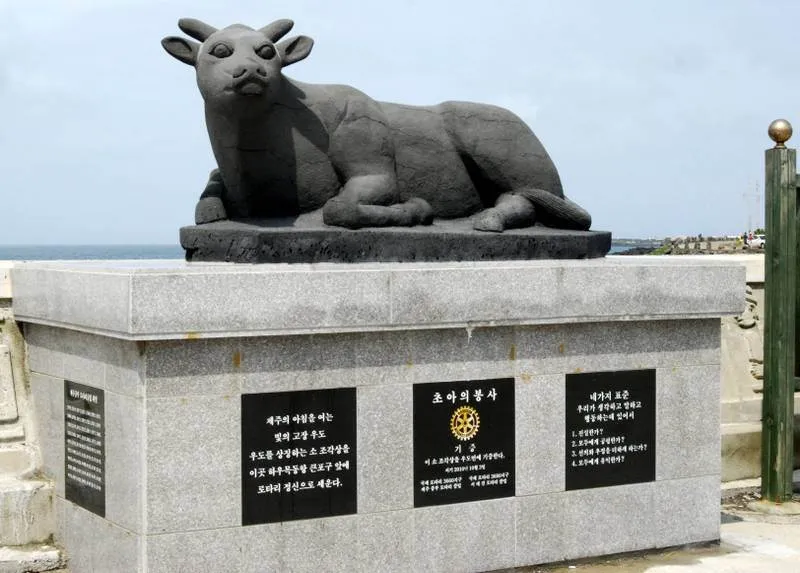
The next stop — Udo, or Cow island, and Biyangdo — was a ferry ride away,
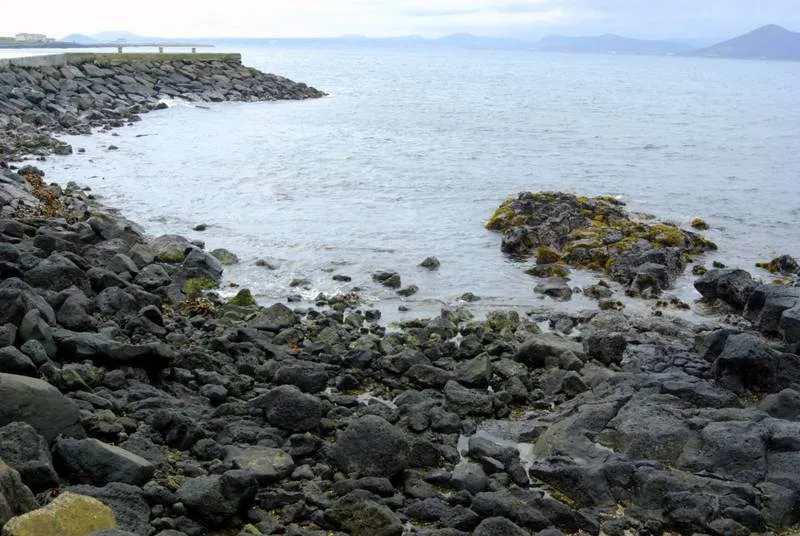
Welcome to Cow Island — yes, Udo does sort of resemble a sitting cow. Thus, the name fits, if such a thing matters much. While Jeju features enough places to keep most travelers busy for a week, the tiny 5.9 sq. km. Island requires a half-day. Good thing, too — despite the minbak (family-run hotel) and pensions around, it’s easy to tell apart the locals from the tourists.
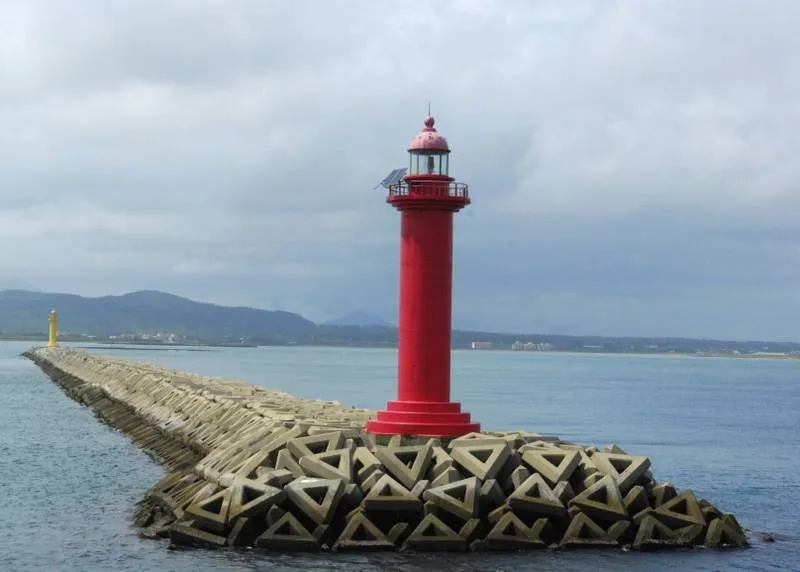
Some people enjoy island hopping, despite putting up with ferry schedules and more junk food (or soju) than legally allowed. That said, a trip to Jeju is nicely supplemented by a side trip to Udo; it’s even more exotic feeling than Ulleungdo, though not as remote.
The self-guided, if standard, half-day tour requires a scooter or ATV, easily rented from several places near the ferry’s port. An international drivers license isn’t required, but in the interest of safety, it’s best to pick something you’re comfortable with. Golf carts are available for the larger groups (up to 4 per cart) or the more timid.
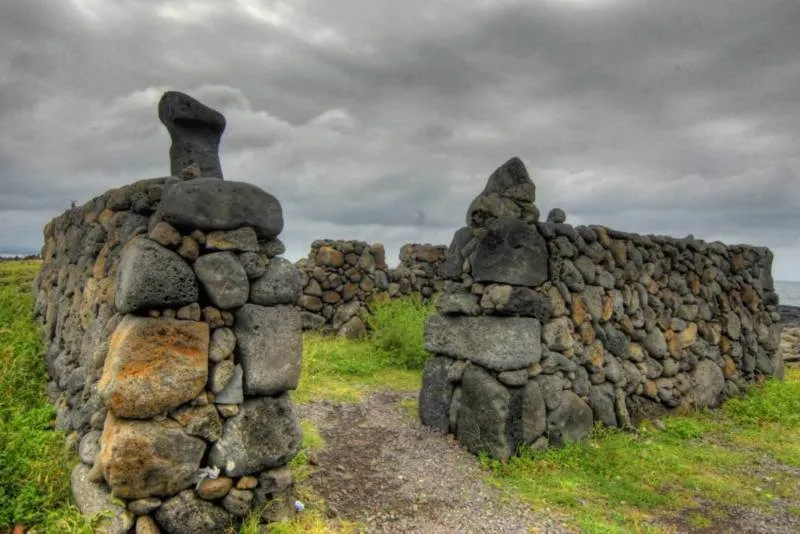
Once you have wheels, the coastal road extends both ways around the island. While whizzing around the island, take in the houses and fields featuring the black rocks stacked together in fence fashion.
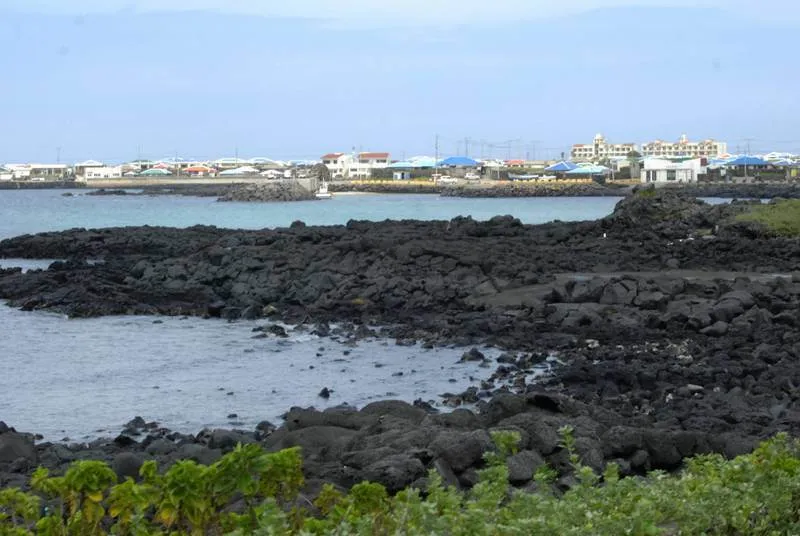
Going with a tour group means there are dozens of others racing around the roads; going on your own, however, will give the words ‘peace’ and ‘quiet’ entirely new meanings. The wind and waves crash into the black volcanic rocks as they always have, oblivious to the electric cars and gas-powered vehicles.
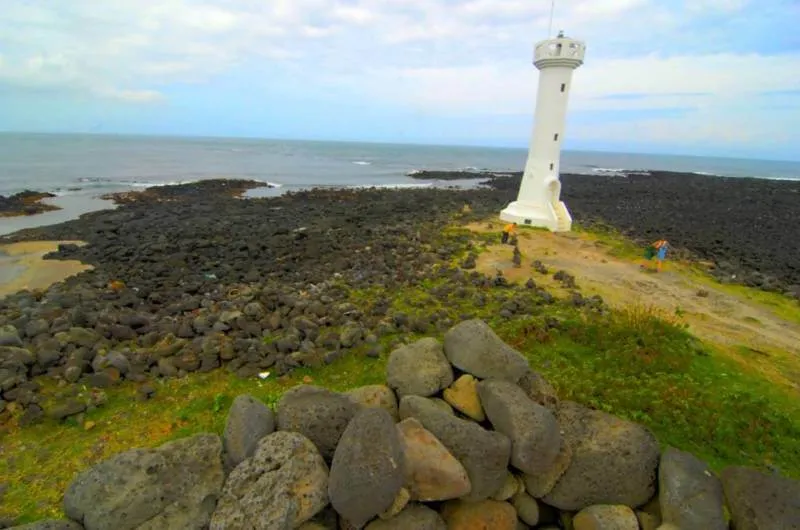
One of several lighthouses on the island. Not pictured nearby is a decent Korean restaurant.
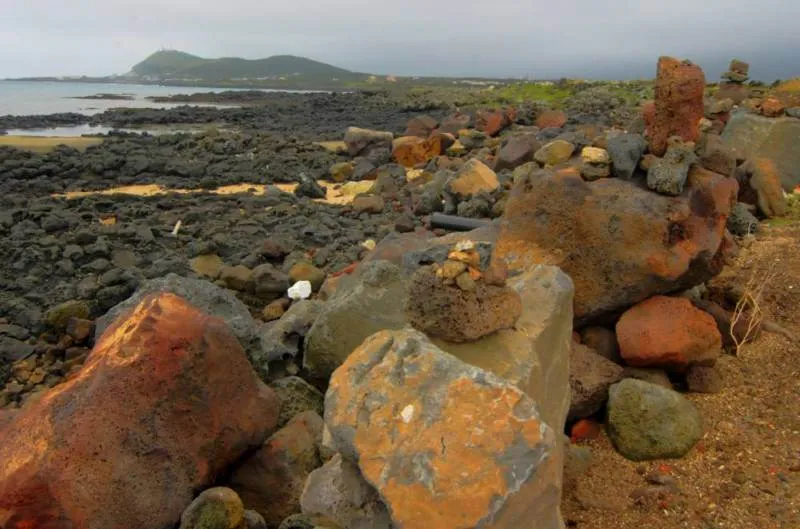
If you’ve bought the two-island tour you may as well get the third for free. Biyang-do (비양도) is connected to Udo via bridge, and makes Jeju-do looks huge.
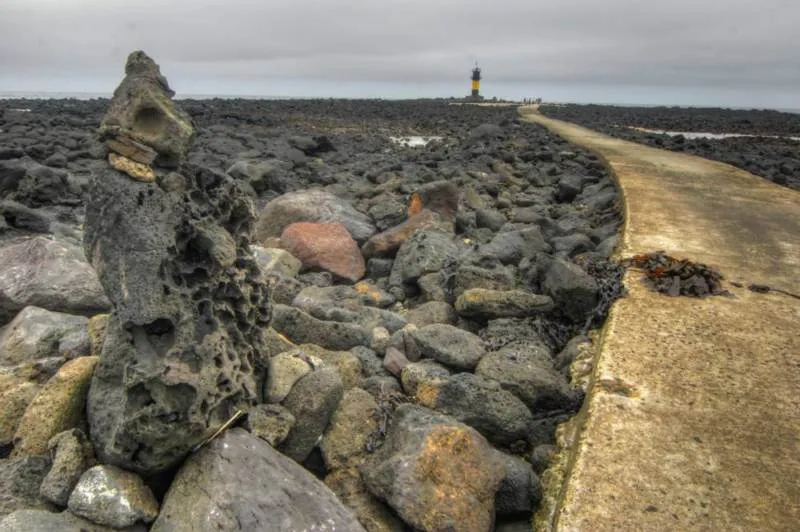
While there’s only a couple things worth seeing on the island, they’re worth the time and relatively small detour. The main road terminates nearby the island’s main interest — the black-and-yellow lighthouse.
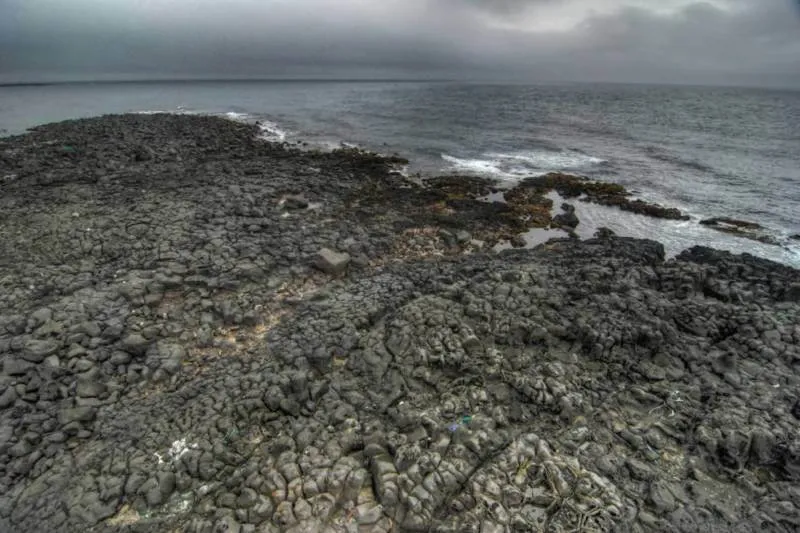
The piles of volcanic rocks beckon the traveler to leave the wheels behind and walk towards the lighthouse. Walk the 300 meter concrete pier and enjoy the black pebble beach — but try to ignore the flotsam across the rocks. Getting to the top requires a fairly decent ladder climb, but the view is wonderful.
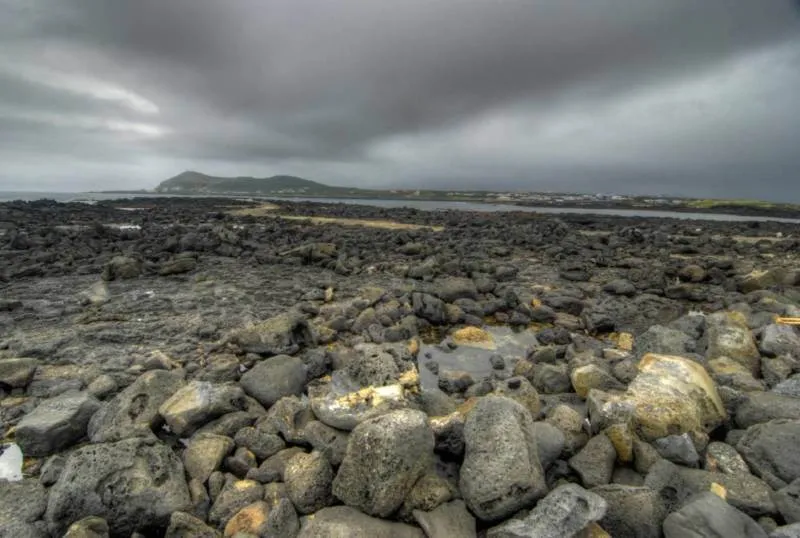
Appreciate the relative isolation from seemingly everyone and everything. The smartphone still works, of course, but it really does feel like you’re light years from everyone.
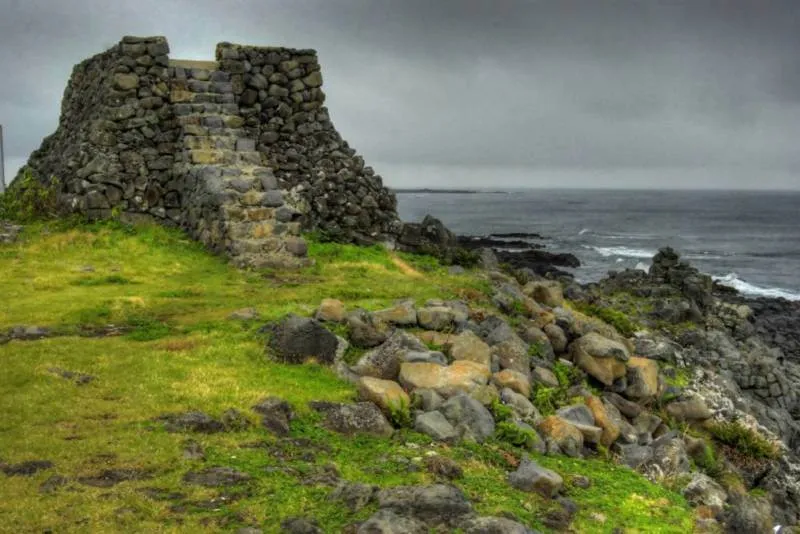
Beyond the lighthouse, a stone lookout platform is (nearly) the tallest building on the tiny island, It would be easy to zoom by, especially on a limited schedule and with plenty of natural beauties around.
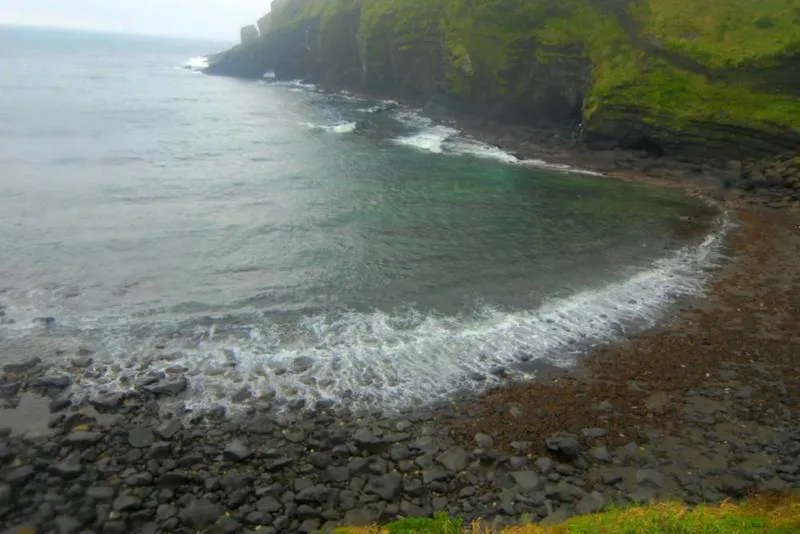
Another major stop is a black sand beach — 동안경굴 (dong-an-gyeong-gul). Meh, personally. At this point, the rain was whipping around, making photos and ATV’ing more difficult than it needed to be.
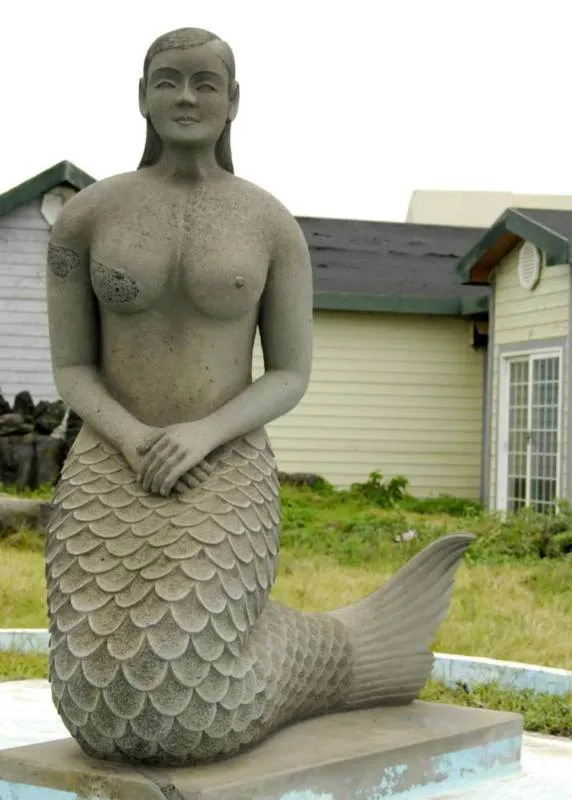
The ferry ride back to Jeju-do was short and uneventful — exactly as it needed to be.
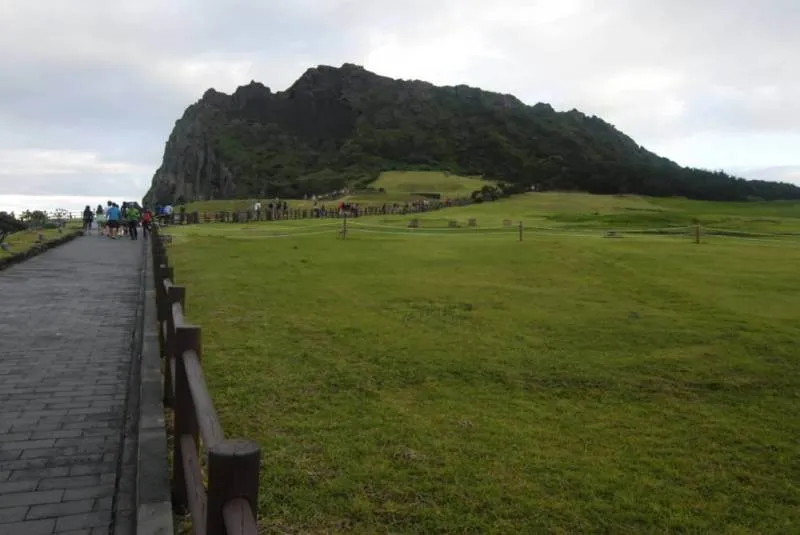
After getting back to Jeju-do, the bus took us to Seongsan Ilchulbong (성산일출봉, AKA Crater Mountain Peak, AKA Sunrise Peak). The timing was definitely better this time around, as the sun was just beginning to set by the time we reached the top.
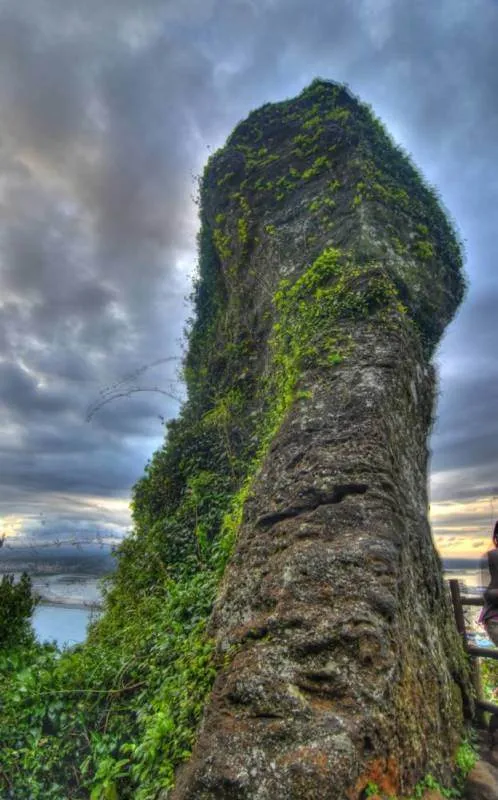
Just one of the many interesting rocks along the hundreds of stairs.
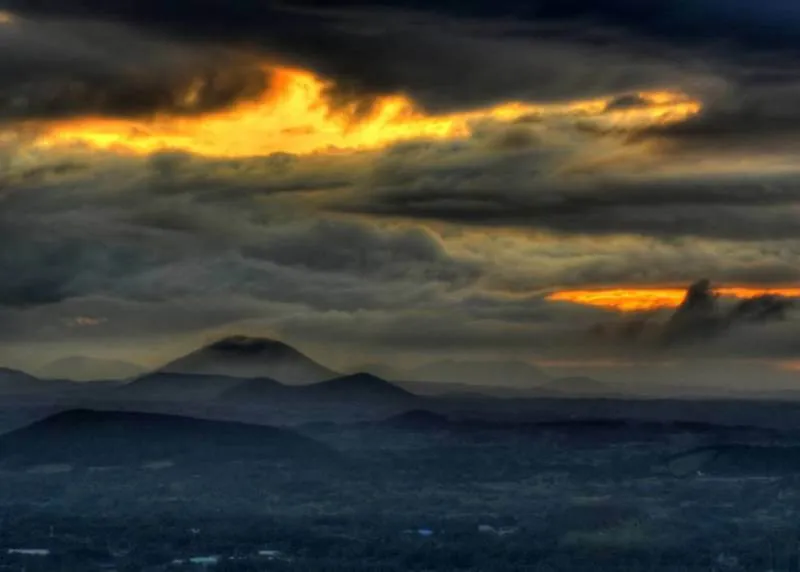
The view from the top — hard to believe that this was a volcano not too long ago.
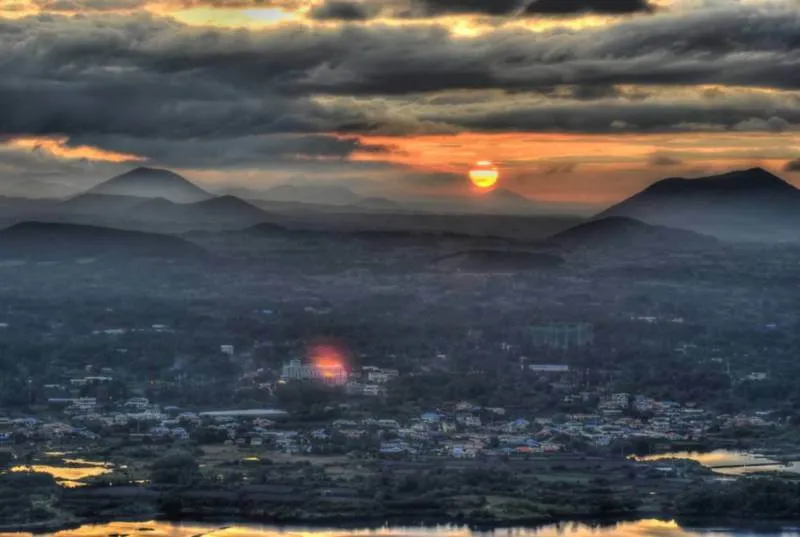
The obligatory sunset picture — a little mystical-looking.
The next day…  Meet Oedolgae, Jusangjeolli, Cheonjaeyeon, Jungmun Saekdal Beach, Sanbanggulsa, and Loveland — all in the same day.
Meet Oedolgae, Jusangjeolli, Cheonjaeyeon, Jungmun Saekdal Beach, Sanbanggulsa, and Loveland — all in the same day.
The nice part of going on a guided tour is the ability to meet with like-minded travelers, visit a bunch of places, and (perhaps nicest of all), not have to think about how you’re going from A to B. As a (usually) independent traveler, that last point is nice to take a break from every now and then. The schedule on many a guided tour is tighter than I’d personally like, but that’s the tradeoff at play. In any case, it was a beautiful day at some of Jeju’s most beautiful places.
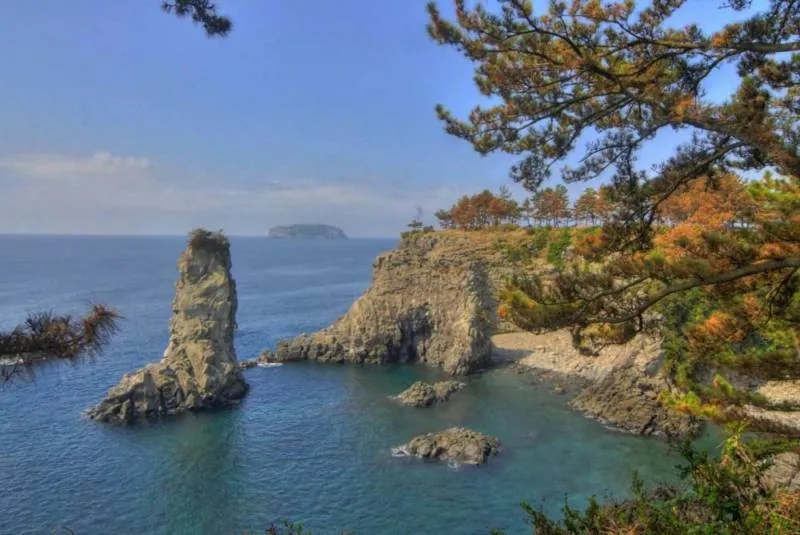
We started at Oedolgae (외돌개) or ‘lonely rock’. The unfortunate resemblance to a portion of male anatomy was noted by the tour guide, though this was merely one part of an Olleh hiking trail. The size and shape was perfect during the Goryeo Dynasty. According to the legend, the Koreans disguised the rock to look like a giant military general, and the Mongol soldiers occupying Jeju-do committed suicide as a result.
Another legend comes straight from one of the tourist websites:
It is also called Grandmother rock (Halmangbawi) as legend has it that an old woman waited for her husband to return from a fishing trip. When he didn’t come back, she became a rock. On the tip of the rock, some trees and grasses grow, resembling human hair. It will give you the impression that the old woman forehead, sorrowful eyes and nose can be faintly seen on the left side of the rock. The open mouth will make you feel like the old woman is calling for her husband.
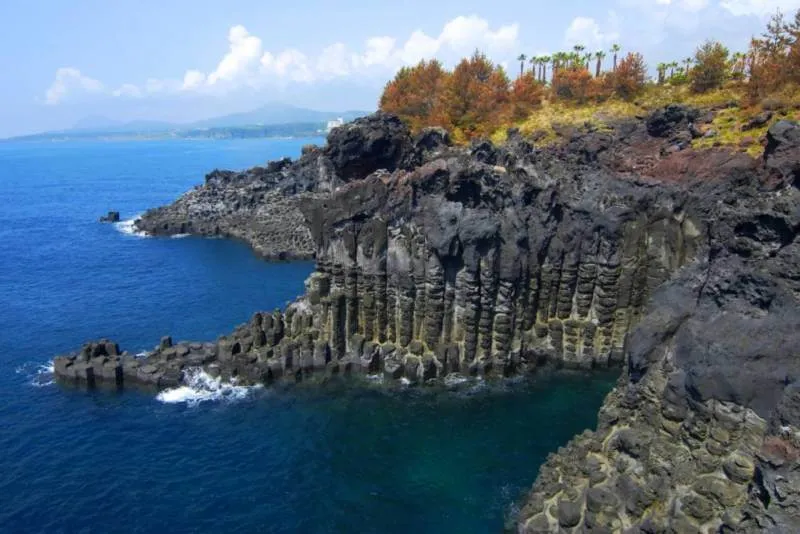

Jusangjeolli (주상절리) — AKA columnar join rocks, AKA just freakin’ gorgeous. The scientific interest here is vast, thanks to the different formations. Formed by hot basaltic lava that cooled, the 4 to 6 polygonal columned rocks are naturally created, yet look carved.
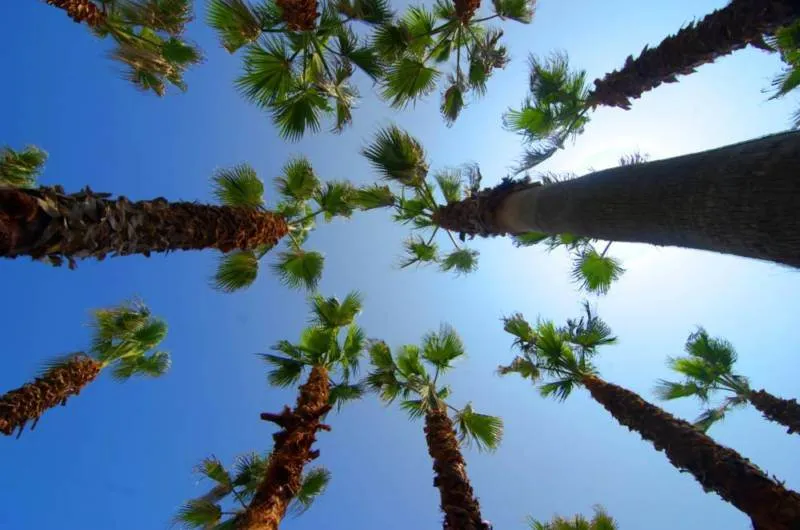

One of the only places you’ll see palm trees on Korean soil is nearby.
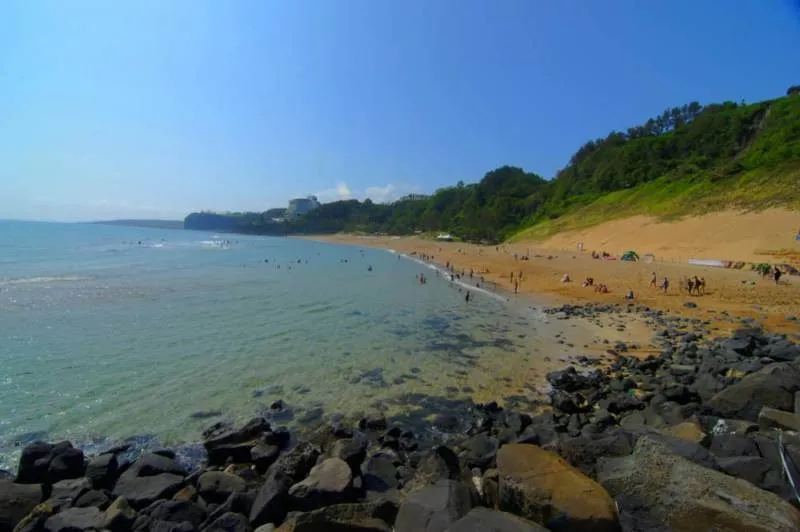

We’ll get to Cheonjaeyeon waterfall in a second — for now, the ‘Fountain of Five Blessings’ offer longevity, wealth, honor, love, and sons if your coin lands in the stone bag in the center.
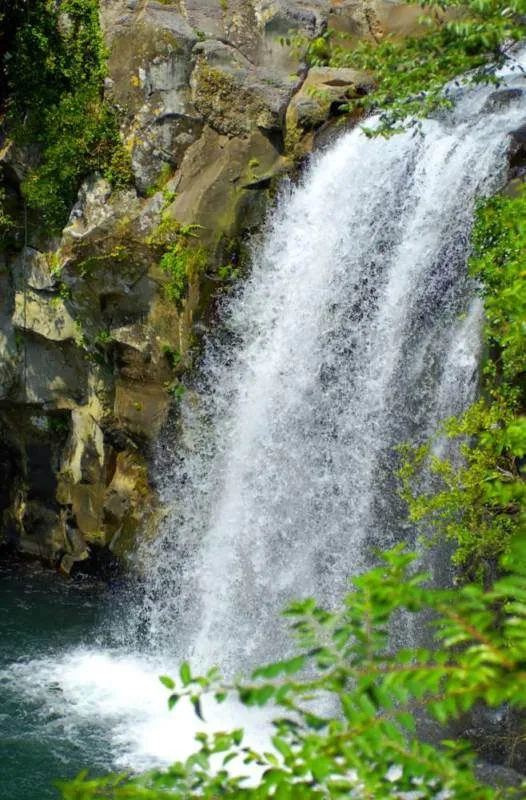

Cheonjaeyeon waterfall (천재연폭포) was the next stop. Although three waterfalls were in the area, one was separated from the other two — naturally, I had to check that one out.
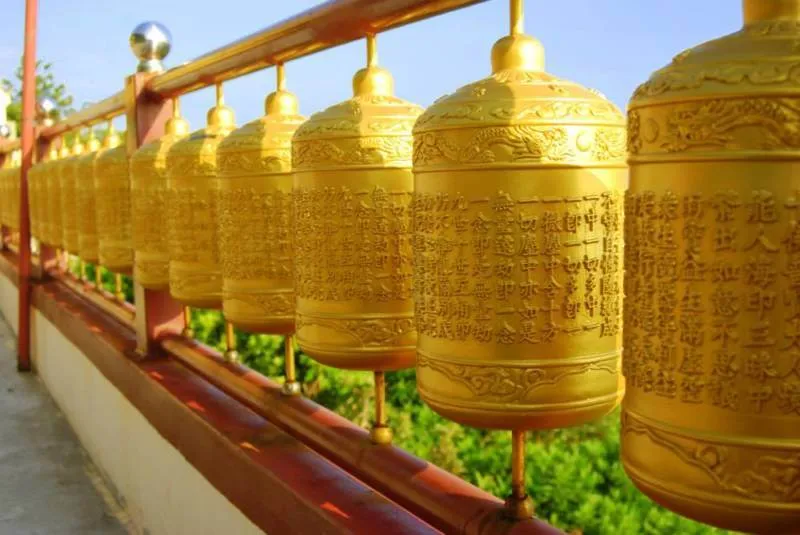


Jungmun Saekdal Beach (중문 색달 해변) — at 560 meters long and 70 meters wide, it’s not the biggest beach in the world, but it’s perfect for an afternoon in the sun. One unusual factor was where the water was deeper and shallower — the deepest part was nearer to the shore, then stayed fairly shallow as far out as I went. There’s a spot just off the picture where the sand rested higher than sea level — one could literally go out in the sea, walk through the deeper part, up to the shallow part, and eventually have a seat in an area where the waves would lap up near you, but never quite reach you.

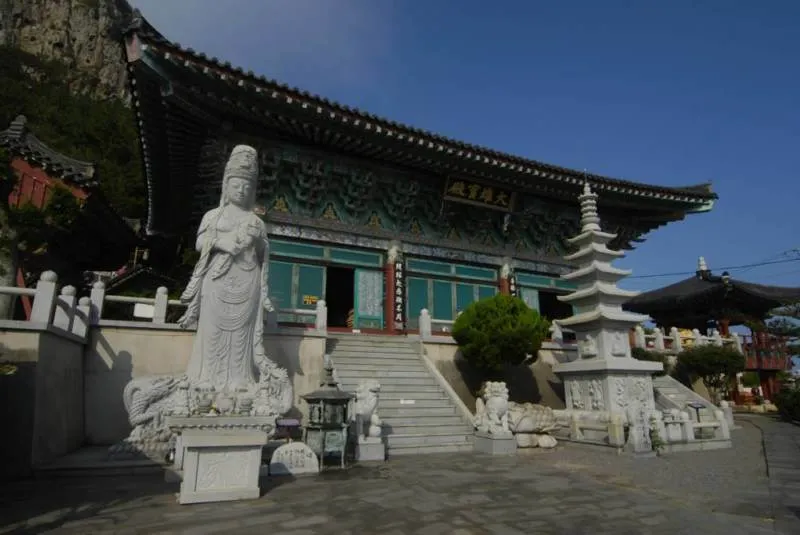

Sanbanggulsa (산방굴사) — the mountain temple on Sanbangsan features more stairs than flat land and a gorgeous view of the coast. One legend indicates this mountain was the peak of Hallasan before it was broken off and thrown here.
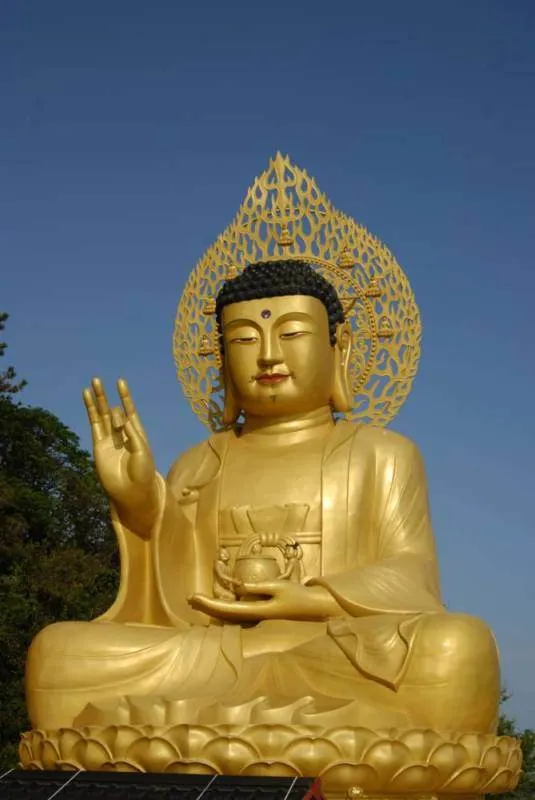
A grotto shrine is also here, complete with a spring water well that drips from the ceiling. You’ll need it after the hike to the top.
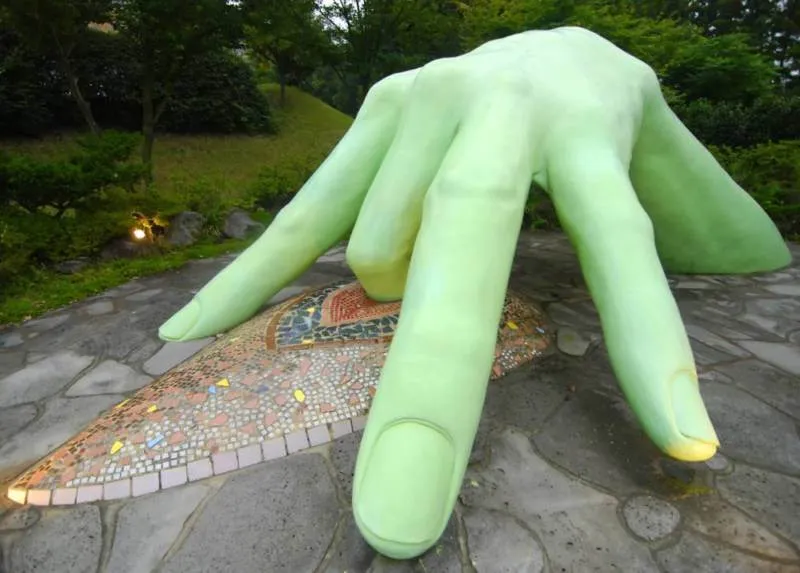

Loveland (러브랜드) — nothing quite like going from a beautiful Buddhist temple to an outdoor park celebrating sex. Above is one of dozens of outdoor sculptures — Entitled 기쁨조 (gi-bbeum-jo), which translates to joy group or happy squad.
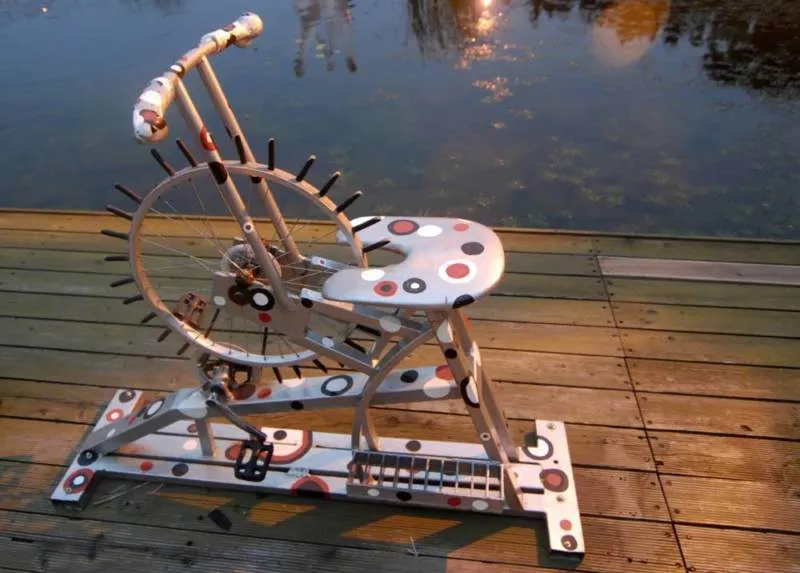

If you’re old enough to have sex, I sincerely hope you don’t need me to explain this one to you.
There’s plenty more about Loveland over at this post (NSFW), by the way.


 Meet Oedolgae, Jusangjeolli, Cheonjaeyeon, Jungmun Saekdal Beach, Sanbanggulsa, and Loveland — all in the same day.
Meet Oedolgae, Jusangjeolli, Cheonjaeyeon, Jungmun Saekdal Beach, Sanbanggulsa, and Loveland — all in the same day.
